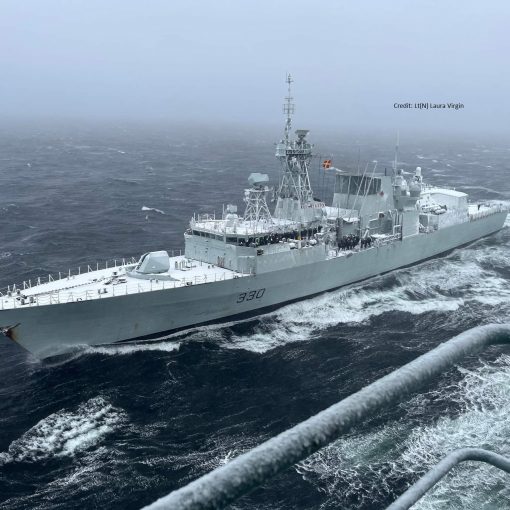The F-35 purchase and NSPS elicit the same question for me: "What is the government's concept for the employment of Canadian military force in a future conflict?" The F-35 contract suggests a front-line, high-risk combat role against a peer competitor. But, our history of procurement in peace and war suggests that we are unable to maintain a 'leading-edge status' as a combatant for very long past the initial period after the acquisition.
Stealth is a perishable characteristics (a quote from Norman Friedman) and reliance upon it for long-term superiority in combat is only achievable with very high levels of investment. Friedman's curves indicate now is probably too early to invest in a new but as yet not fully established generation of technology, unless a conflict is looming, in which case we should 'jump in with both feet'. Does the government of the military perceive and imminent conflict? I doubt it. If 'no' is the answer, we should invest in small buys of leading edge technology for experimentation and concept development only.
What about ships? It is the same problem, except that the NSPS talks about a steady delivery for sustained employment and economic development. It does not talk about small class sizes, experimentation or concept development. The future of naval warfare will include ballistic missile threats, swarming attacks by robotic and manned platforms, and a wide variety of other asymmetric threat scenarios (including cyber and EMP attacks). Unless the government is intent on purchasing warships with high degrees of sophistication and very high-end firepower (including ABM sensors and weapons) the Canadian navy will be relegated to second-line status and will serve pretty much as is has done in the past by securing the movement of strategic commodities and waiting until force generation can produce more credible capabilities and numbers while attrition reduces the front-line threat to manageable levels for our navy.
If none of these things are in the government's calculus, then neither the F35 nor the high-end combat capability side of the NSPS are required, the money should be saved, and a much reduced program of experimentation and concept development for combat processes is all that is necessary.
The story is much different for the low-end combat capability and the volumetric capacity needed for diplomatic HA/DR, high arctic and other constabulary missions, where current capabilities are woefully inadequate.


